Mathematical Topics: Origins of Fibonacci’s Sequence
Suggested Age: 9th | 11th
Suggested Course: Algebra 1 or Algebra 2
Relevance: India & Peru

Lesson Summary:
This lesson intends for students to engage with “Fibonacci’s Sequence” with a discovery lens and explore the true origins of the sequence. Students will complete puzzle style problem solving tasks to explore the patterns of “Fibonacci’s Sequence”. Afterwards students will learn about how this sequence was used before Fibonacci formalized the proof in both India, by the Hindus, & Peru, by the Incas. Discussion questions will guide students to consider the implications of mis-crediting mathematical concepts. Lastly, there are a variety of extension activities available to choose from based on student interest.
We want to acknowledge that this lesson was developed at Math for America with 3 NYC MfA Master Teachers: Kaitlyn Zwicke, Brandon Lotti and Rebecca Caporale-Guarino. Kaitlyn teaches at Queens High School for Information, Research & Technology. Brandon teaches Geometry, Algebra 2 / Trigonometry, Computer Science, and Mathematical Problem Solving courses at Leaders High School, a small public NYCOB PBAT school in Bensonhurst Brooklyn. Brandon loves math and hopes to impart this love to his students, with a goal of helping them develop mathematical agency and expanding their perception of what math IS and to whom it belongs. He believes exploring and discussing ethnomathematics is central to helping students situate themselves in the math they learn. Rebecca teaches Geometry, Algebra 1, Statistics and Injustice and Ethnomathematics at Manhattan Village Academy. Rebecca is passionate about creating an equitable space for students to feel comfortable to learn mathematics in a fun and interactive way. She believes students learn mathematics best when they can identify as doers of mathematics and see themselves in the curriculum.
Our Lesson Plan
Our lessons are made to be printed or downloaded. Please do so through the link below.
Our Presentation
Our presentations are made to be printed or downloaded. Please do so through the link below.
Hook: (10 minutes, slides 2-4)
There are two options for a hook to choose from. Both options prompt students to think about patterns within “Fibonacci’s Sequence”:
- Option 1 (slide 3): This option provides students with the first 7 numbers in the sequence and asks students to continue the pattern. This hook is the fastest and might result in students quickly finding the pattern. It will be helpful to ask students where they have seen this pattern before and how it was used.
- Option 2: (slide 4): This hook shows the relationship of “Fibonacci’s Sequence” within the golden ratio visual. Students will be asked to think about how area the lengths of sides can form a pattern. As an extension you can ask students to see if they can expand the image.
Mathematical Exploration: (15-20 minutes; slides 5-7):
There are two options for students to mathematically problem solve thinking about the patterns and relationship between numbers based on “Fibonacci’s Sequence”.
- Option 1 (slide 6): This option works best if you did not choose option 2 from the hook. This slide asks students to make sense of the golden ratio diagram by guiding them to make connections with “Fibonacci’s Sequence” that they discussed from the hook. Some guiding questions to ask students can be: How do you see the relationship between the side lengths and area? Where do you think the pattern starts? How can you see the pattern growing?
- Option 2 (slide 7): This option allows students to take “Fibonacci’s Sequence” and apply it to a new situation where they have to work backwards. They are given the number 100 and have to fill in the previous 5 places. Students will most likely struggle choosing options that result in negative numbers and not being able to fill in all spaces. Therefore it is important to encourage persistence and suggest students use the guess and check method. You can ask guiding questions based on the numbers students choose that can support them in their number reasoning to meet the requirements of the pattern.
Relevance Explored: The Hindus India and the Incas Peru (20-25 minutes; slides 8-22)
The information shared in the relevance section is extensive and in depth. Pick and choose activities and slides based on your students interests. The section explores “Fibonacci’s Sequence” in both India where the Hindus used this sequence in Poetry and in Peru where the Incas used it for accounting and calculations.
Slides 9-15 guide the students to see how the Hindus used this pattern in poetry. Slide 10 shares a video that explains the history of how the sequence was used with syllables of the Sanskrit language. It goes in depth into sentence structure and association of syllables. Slide 11 provides discussion questions for students to process the information in the videos and make connections back to “Fibonacci’s Sequence”. Slides 12 through 15 provide students with examples of how this sequence can be used in poetry but rather than using syllabus they use words. Students can annotate the poems to explore and figure out how this sequence can show up in each line. Students are then encouraged to write their own poem using this sequence/pattern.
Slides 16-22 guide students to see how the Incas used “Fibonacci’s Sequence” in La Yupana. La Yupana is an ancient calculating device of the Incas used in Peru to keep track of anything needed in society. The image on slide 17 shows the device in the bottom left hand corner. Note that each square, reading right to left, shows the pattern of “Fibonacci’s Sequence”. There are many interpretations of La Yupana and one is explored in slide 18. Give students the chance to explore how the diagram can represent the number 13,478. Guiding questions can be centered around having students consider the use of base 10. Explaining that the pebble placed on each square is representative of the number of hotels in that square. Slide 19 provides one interpretation of a solution to this example. You can further explore this solution here: Slides 20-22 give students a chance to see what another version of a Yupana might have looked like on an ancient stone. Slide 20 gives them the chance to complete a what do you notice and wonder? Slide 21 provides an additional image to help students make sense of the ancient stone. This image allows students to consider the double layer of the counting tool and how it might integrate base 10 into their system. Lastly slide 22 provides a description of how the tool can be interpreted. You can read more about the tool here.
Student Discussion: (10-15 minutes; slides 23-34)
Students should be given the time to discuss and debrief the lesson together. The discussion questions intend to give students the space to process and discuss the connections between mathematics, proofs, miscrediting concepts and power/privilege. The questions provided are just suggested questions and should be edited and developed to meet the needs, identities and personalities of your students. They can be considered in partners, small groups or whole class discussions based on your student population.
Extension Activities: (slides 25-28)
If you would like to spend more time on “Fiobonacci’s Sequence” than the lesson provided there are extension ideas ready to explore. Based the student population and task chosen additional research and development of content might be necessary:
- Extension 1: (slide 26) Sierpinski’s Triangle – Explore how Polish mathematician Sierpinski made connections between Fibonacci’s Sequence, Pascal’s Triangle and Fractals.
- Extension 2: (slide 27) Pascal’s Triangle – Have students use “Fibonacci’s Sequence” to create Pascal’s Triangle
- Extension 3: (slide 28) Nature – Explore how “Fibonacci’s Sequence” shows up in nature.
More Lessons
Below you’ll find our resources which are filterable by their age group and mathematical topic.
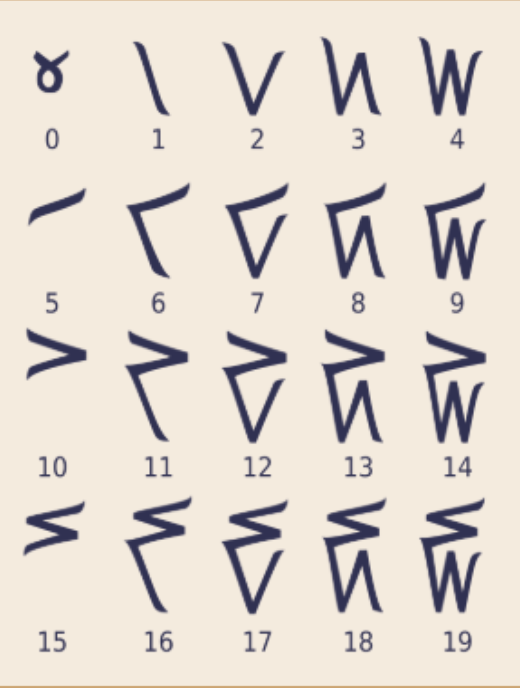
Kaktovik Numerals & Base 20

Tessellations in West African Hair Braiding

Density in Dominican Cakes compared to American Cakes
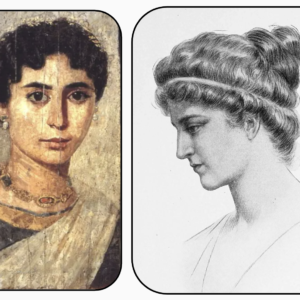
Hypatia of Alexandria & Conic Sections
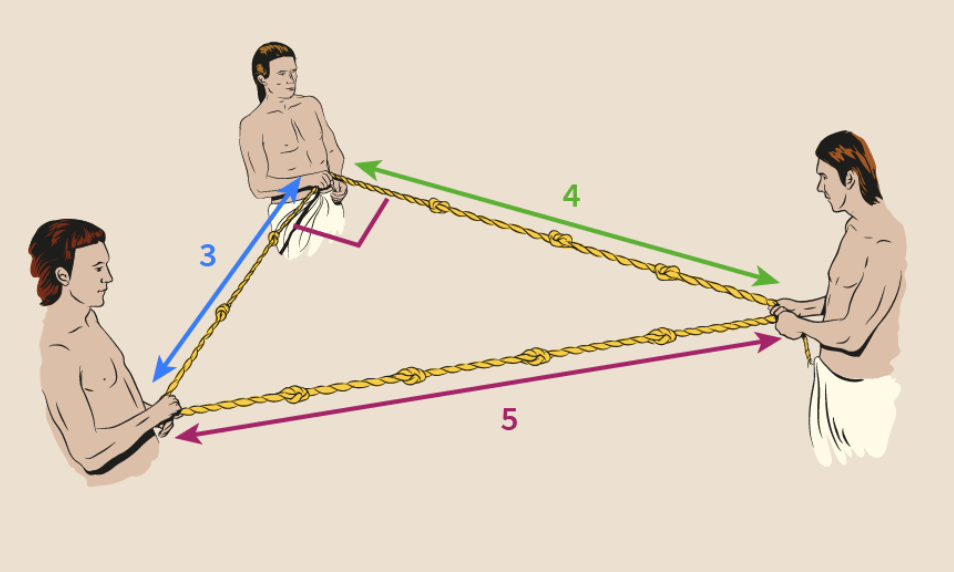
Ancient Egyptian Base 10 Number System & Doubling Method
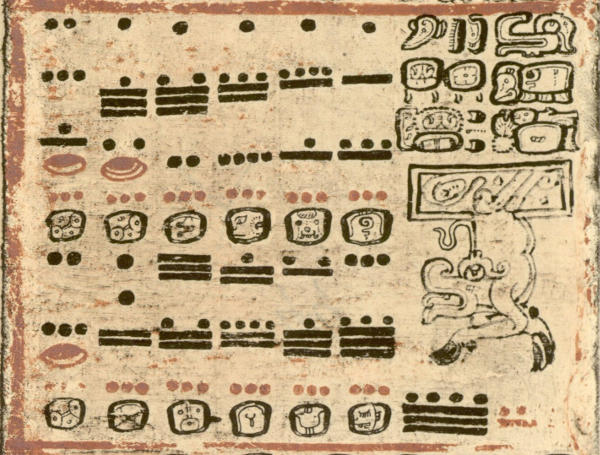
Maya Calendar & Base 20 Number System
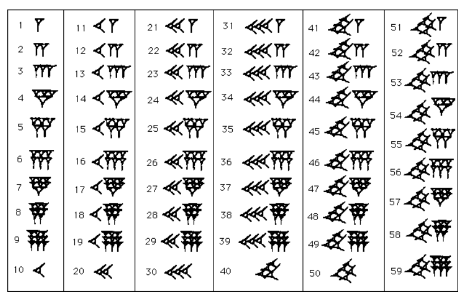
Ancient Babylon Base 60 Number System
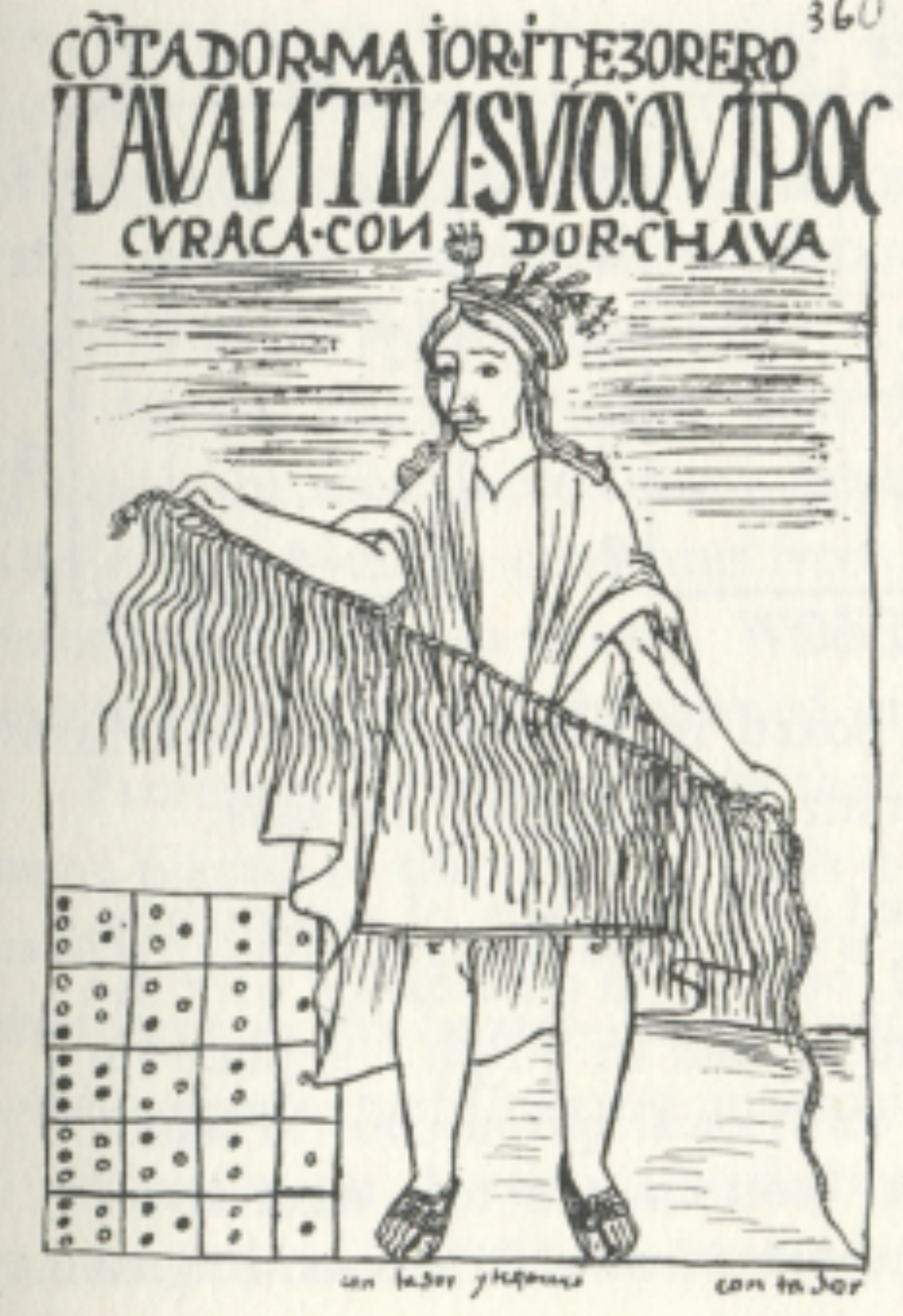
The Origins of Fibonacci’s Sequence
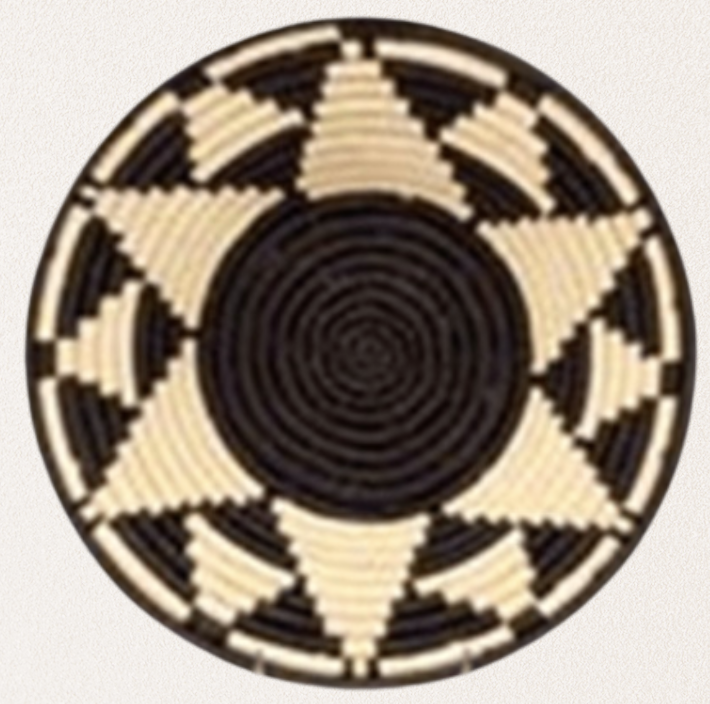
African Baskets & Regular Polygon Rotations

Ancient Mathematical Puzzles: Magic Squares and Hexagonal Tortoises
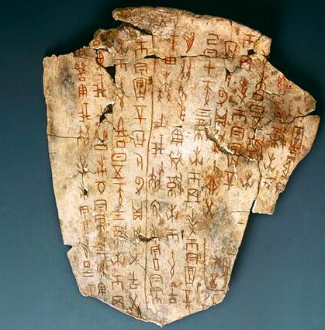
Oracle Bones & Counting Rods

